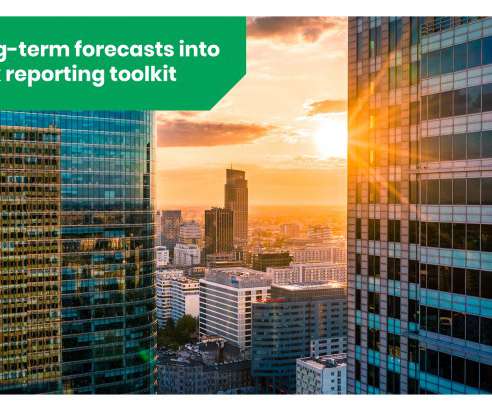The Case for Continuous Financial Planning after Covid-19
Jet Global
OCTOBER 21, 2020
Companies use forecasting to make critical investments, plan for covenant compliance, and even decide on future mergers and acquisitions (M&A) strategies. The way we perceive business risk, and how we manage it, is fundamentally different for every finance leader on the planet. Why change the process? What is continuous planning?















Let's personalize your content